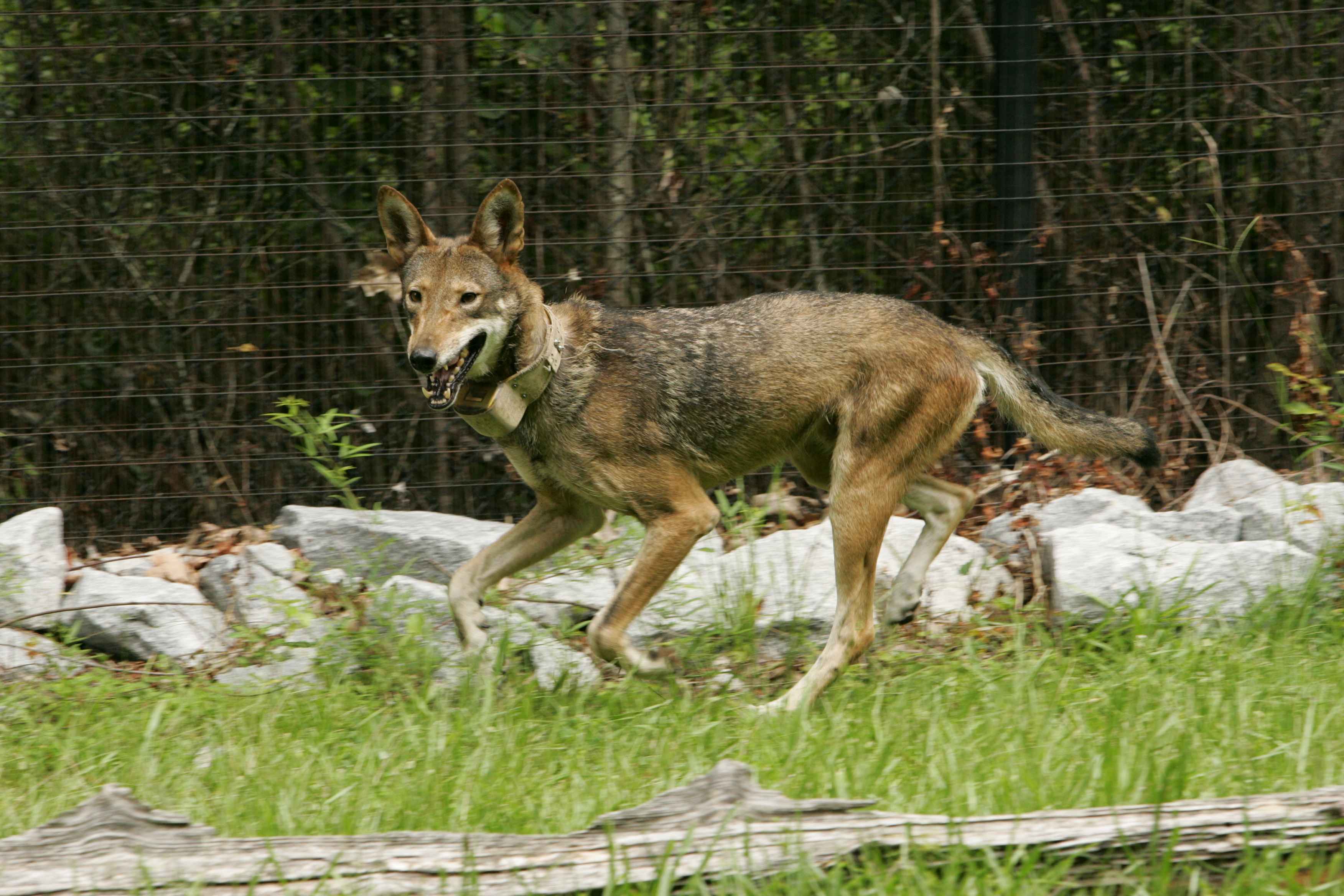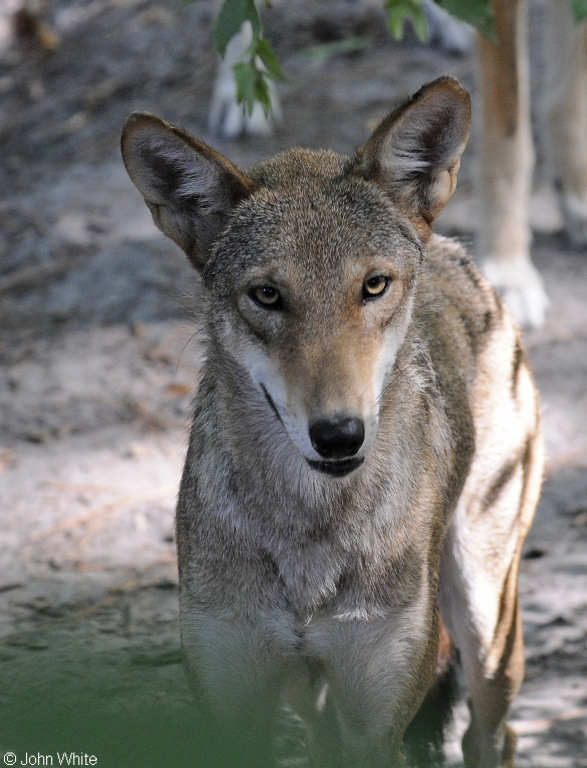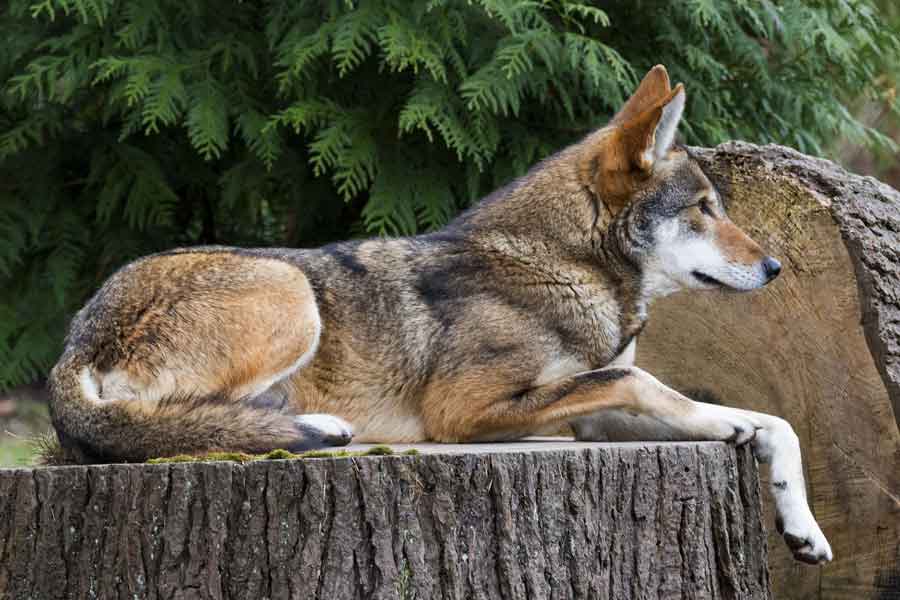
Methods for Animal Behavior Research DVD.Green Practices: Third-Party Certifications.Green Practices: Materials and Products.Resources for Greening Business Practices.SAFE Granting Program Review and Selection.Black-footed Ferret Recovery and Reintroduction Program Analysis.Annual Report on Conservation and Science.Animal Program Sustainability Designations.Strategic Framework for the Wellbeing of Animals.

Guidelines & Sample Documents, Programs, and Policies.Board-Approved Policies and Position Statements.Social Science Research and Evaluation Scientific Advisory Group.Small Population Management Advisory Group.Reproduction and Endocrinology Scientific Advisory Group.Molecular Data for Population Management Scientific Advisory Group.Institutional Data Management Scientific Advisory Group.Ambassador Animal Scientific Advisory Group.

Aquatic Collections Sustainability Committee.Nous proposons de garder au Loup de l'est du Canada son nom scientifique actuel, Canis lycaon. Nous croyons que le Loup roux et le Loup de l'est du Canada ont évolué conjointement en Amérique du Nord, suivant une lignée commune avec le Coyote jusqu'à il y a 150 000 - 300 000 ans.

Les données n'appuient pas l'hypothèse selon laquelle le Loup de l'est du Canada est une sous-espèce du Loup gris, tel qu'on le reconnaît maintenant. Aucun des Loups roux ou des Loups de l'est du Canada échantillonnés au cours des années 1960 ne comptait de séquences d'ADNmt du Loup gris ( Canis lupus). Cependant, nous avons également trouvé des séquences qui divergent de celles des coyotes par un écart de l'ordre de 150 000 - 300 000 années. Nous avons ensuite examiné la région de contrôle de l'ADN mitochondrial (ADNmt) et confirmé la présence de séquences du Coyote chez les deux loups. Les analyses ont révélé que ce n'est pas du matériel génétique de coyote qui a mené à la grande affinité génétique entre le Loup roux et le Loup de l'est du Canada. Nous avons tenté de déterminer si cette relation était due à des degrés semblables d'introgression de matériel génétique en comparant les allèles microsatellites avec ceux d'autres populations nord-américaines de loups et de coyotes. L'étude de la population de Loups de l'est du Canada dans le parc provincial Algonquin nous a permis de reconnaître des similarités avec le Loup roux d'après les profils d'ADN à 8 locus microsatellites. Comme le Loup roux, le Loup de l'est du Canada est décrit comme un petit loup « mangeur de cerfs » qui s'hybride avec le Coyote ( Canis latrans). Les origines et la taxonomie du Loup roux ( Canis rufus) font l'objet d'une controverse importante et une hypothèse a été émise, à savoir qu'il s'agit d'un taxon récent issu de l'hybridation entre le Coyote et le Loup gris. We propose that it retain its original species designation, Canis lycaon. We suggest that both the red wolf and the eastern Canadian wolf evolved in North America sharing a common lineage with the coyote until 150 000 - 300 000 years ago. The data are not consistent with the hypothesis that the eastern Canadian wolf is a subspecies of gray wolf as it is presently designated. None of the red wolves or eastern Canadian wolf samples from the 1960s contained gray wolf ( Canis lupus) mtDNA sequences. However, we also found sequences in both that diverged by 150 000 - 300 000 years from sequences found in coyotes. We then examined the control region of the mitochondrial DNA (mtDNA) and confirmed the presence of coyote sequences in both. These analyses indicated that it was not coyote genetic material which led to the close genetic affinity between red wolves and eastern Canadian wolves. We examined whether this relationship was due to similar levels of introgressed coyote genetic material by comparing the microsatellite alleles with those of other North American populations of wolves and coyotes. While studying the population of eastern Canadian wolves in Algonquin Provincial Park we recognized similarities to the red wolf, based on DNA profiles at 8 microsatellite loci. Like the red wolf, the eastern Canadian wolf has been characterized as a small "deer-eating" wolf that hybridizes with coyotes ( Canis latrans). The origin and taxonomy of the red wolf ( Canis rufus) have been the subject of considerable debate and it has been suggested that this taxon was recently formed as a result of hybridization between the coyote and gray wolf.


 0 kommentar(er)
0 kommentar(er)
